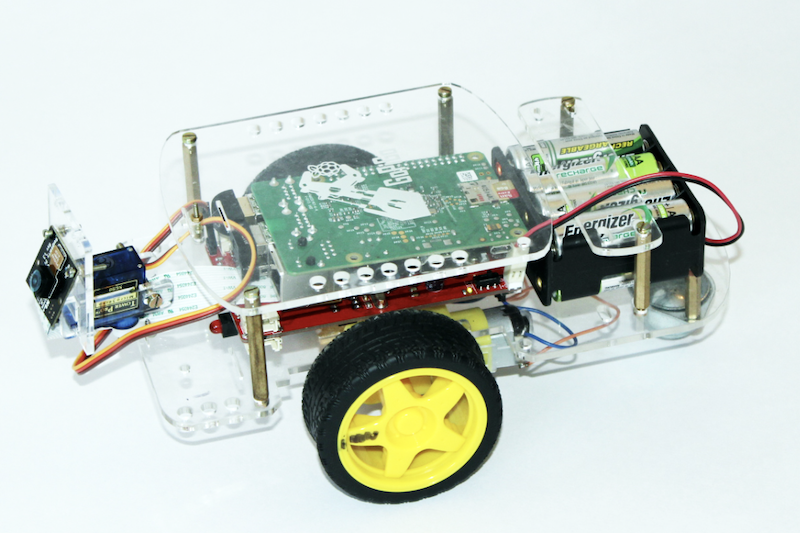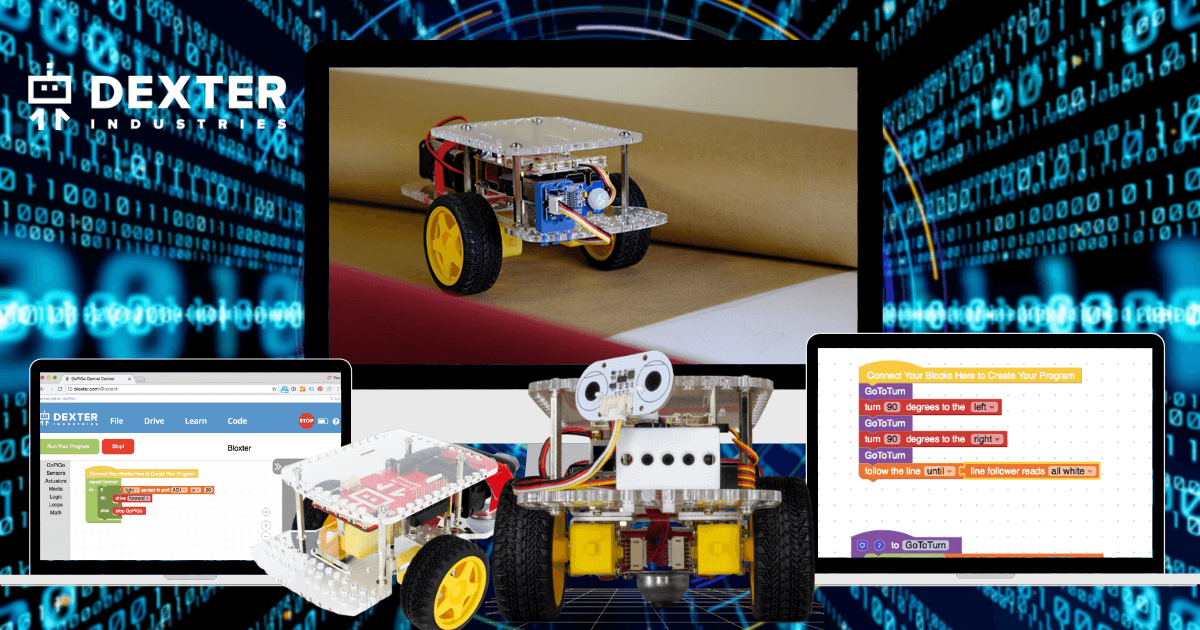We’re constantly promoting the goal of getting every K-12 student (and even Pre-K) coding because of the importance of programming skills for the future. The workforce that we have now will likely undergo a lot of changes and so many new jobs will be created, replacing a lot of those that are more traditional. While we don’t know what exactly this means, all evidence points to tech skills being paramount for getting top jobs. And, at least as of now, that means coding, so trying more languages, including Bloxter, could be helpful.
There are so many programming languages that professionals use in today’s computer science-dominated economy. Some of the most prominent ones include JavaScript, Python, and Wolfram. But, how do college graduates and seasoned programmers progress and learn various skills required to master these important languages, though? Well, one of the answers to that question is that they start with something simpler and they start early.
Coding will be huge in the futures of today’s students and there are languages they could try in elementary school. These languages include Blockly, Scratch, Swift, Snap!, and more—each of which are designed to provide a foundation for programming knowledge in a way that’s easy for younger kids to understand. With this foundation, they can incorporate more complexities, like loops and conditionals, and try languages like Python or JavaScript.
With all these different coding languages, however, many STEM and education professionals are designing tech tools that help students learn programming in their own ways. The Ozobot Evo has its own version of Blockly programming, for example, known as OzoBlockly. The Edison Robot also has a couple variations of its own, including EdPy and EdScratch. And, the mBot-S has its own as well, which is called mBlock 5. These are all derived from well-known programming languages and built in a custom way to work with the robotics tools associated with each while also ensuring students can gain real-world coding experiences.

Well, we certainly buried the lead a bit, but wanted to hammer home the fact that there is no wrong way to learn programming skills, especially because there are plenty of languages and environments kids can use for doing this. One of those additional options is the unique Bloxter language. The Dexter Industries team developed Bloxter to work with their GoPiGo Robots. Essentially, it looks like a combination of Blockly and Scratch that creates a hybrid experience for programming with the GoPiGo's.
The GoPiGo is a robot students build themselves and, once they finish, they can create programs online to run them. Bloxter runs within the DexterOS and requires no software download to use. It’s completely drag and drop, which is one of the most accessible features for today’s educational programming environments. Bloxter derives from the Google Blockly language and it is similar to Blockly and Scratch. Most importantly, Bloxter has built-in lessons to help kids get more comfortable with the language and the robot.
Within Bloxter, students can create their own custom programs for controlling things like their robot’s LEDs and its sensors. Plus, according to Dexter, programming in Bloxter is both intuitive and easy! Bloxter is also accessible offline if necessary. The different sections in the online coding platform allow students to control the robot’s speed, direction, turns, and its sensors, which include distance, temperature, and light value. It is a bit advanced with options for creating programs involving specific components, but that block coding simplicity also remains.
Before you start programming with Bloxter, visit our store to get some GoPiGo Robots for the classroom. They’re available in single units as well as in kits of all different sizes. And, be sure to follow us on Twitter and Instagram for more helpful coding tips and, of course, all the latest news from the EdTech world!



